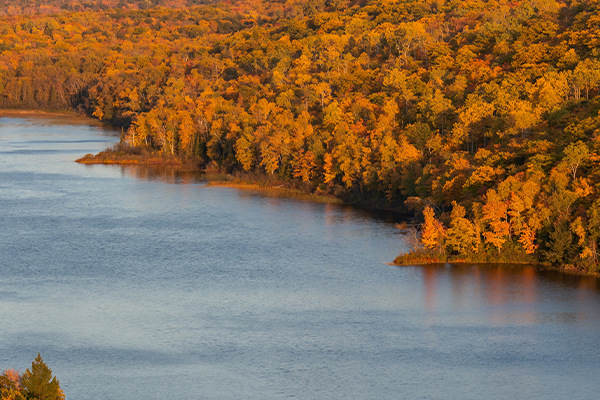Satellites are able to detect both visible (VIS) and infrared (IR) light coming from clouds. The source of the VIS light is the reflection of the sunlight by the cloud, the ocean, the ground. The source of IR light is the 10 micrometer (μm) IR radiation emitted by the ground, the ocean, and the clouds. IR satellite photographs are more commonly seen than VIS satellite photos, because VIS photos are only meaningful during the daytime. At night, when there is no sunlight, there is no reflection, either, and the VIS photos at night would simply be darkness. In comparison, IR photos are not bound by this limit, as the ground, ocean, and clouds emit IR radiation continuously both during the day and the night.
In a VIS photo, the thickness of the cloud determines the color. A thick cloud is a good reflector of sunlight which reflects most of the sunlight to the satellite sensors. Therefore, thicker clouds appear white. Thin clouds allow most of the sunlight to pass through them, reflecting only a small portion of sunlight. This makes VIS photos of thin clouds grey. For IR photos, temperature (top surface altitude) determines the color of a cloud. Low altitude clouds appear grey due to the higher temperature and stronger intensity of IR radiation. Higher altitude clouds, either thick or thin, appear white in IR photos due to lower temperature and weaker IR radiation.
IR and VIS photographs are combined to distinguish between different types of clouds. In IR photos, cirrostratus and cumulonimbus clouds both appear white. However, in VIS photos, cirrostratus clouds appear grey, cumulonimbus clouds appear white. In VIS photos, both low level stratus and cumulonimbus clouds appear white. However, in IR photos, low level stratus clouds appear grey, cumulonimbus clouds appear white.
The ground changes from dark to light gray during the day on IR photographs because the ground temperature is dropping, leading to weaker IR radiation. The nearby ocean does change slightly in the same trend. But since the specific heat of water is much higher than ground, the change in temperature would be much smaller, so is the change in IR photo color.

